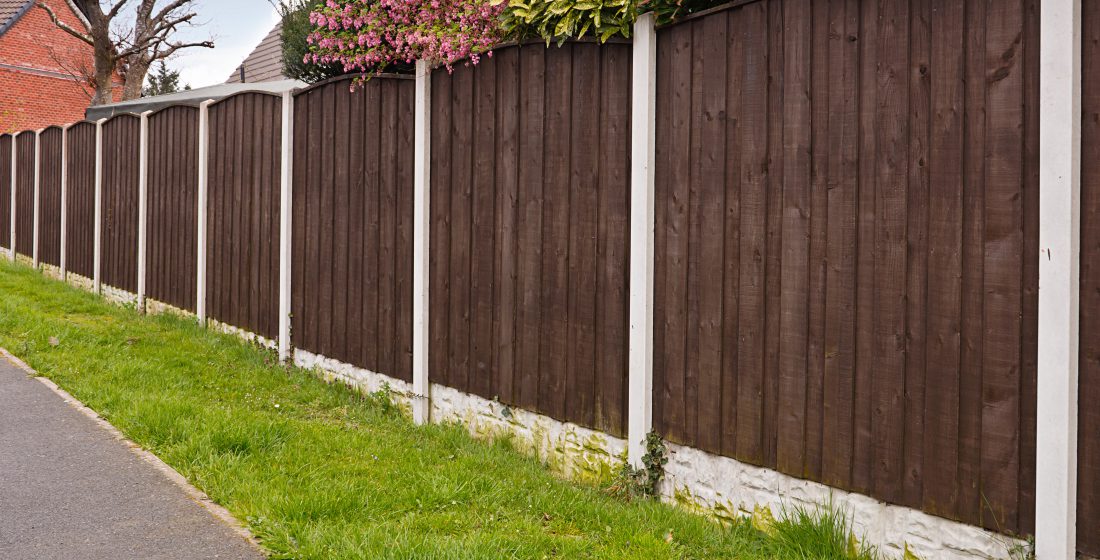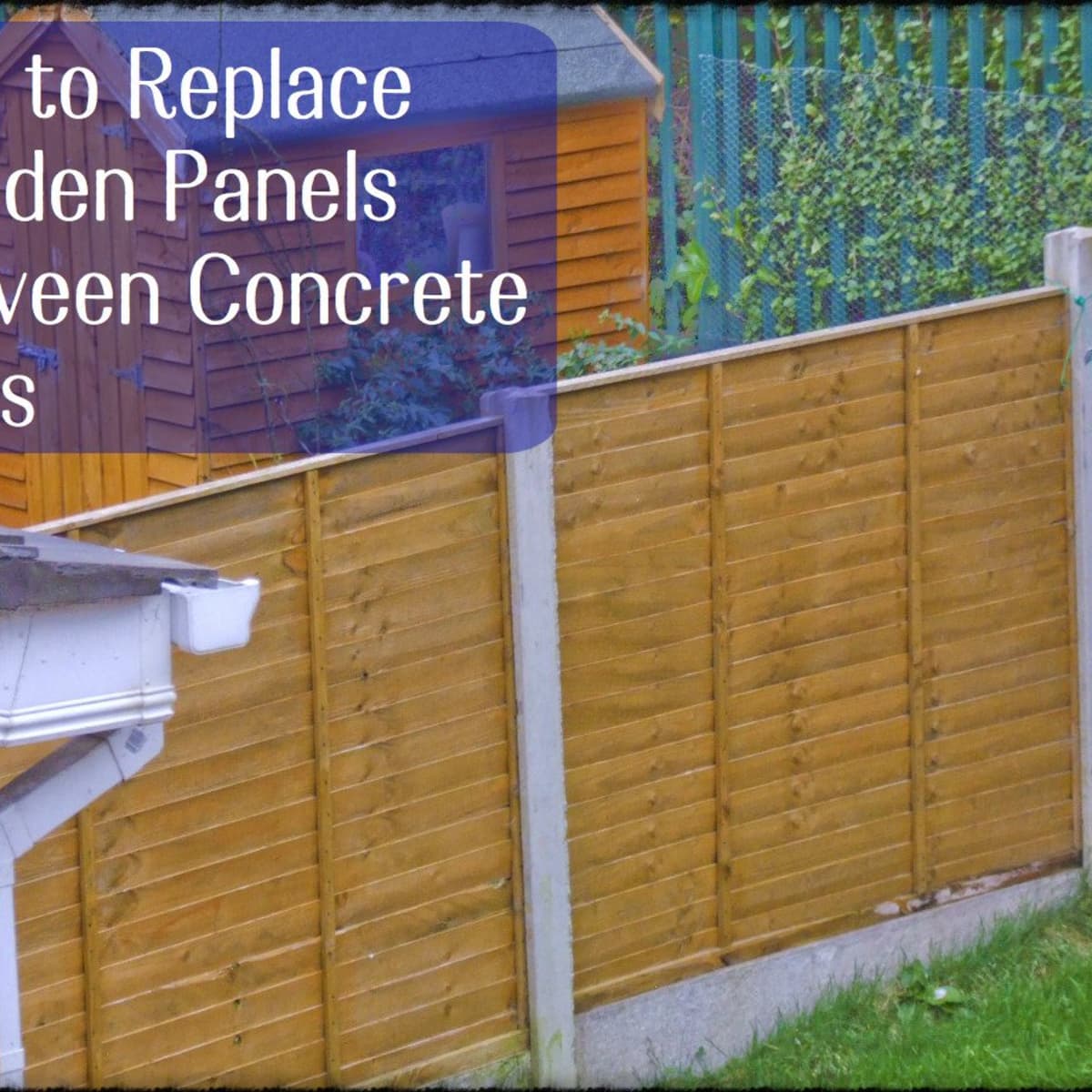Wooden Slot In Fence Posts
Building a wooden fence with metal posts isn't as difficult as it sounds, because you can buy brackets that make hiding the posts and attaching the fencing a simple matter. The finished fence looks like it has wooden posts, but it will last many years longer. Find wood fence posts at Lowe's today. Shop wood fence posts and a variety of building supplies products online at Lowes.com.
There are two common basic methods of constructing rails for board fencing, the easiest method is to have the rails on the front of the posts then fitting the boarding along the whole length. The alternative method is to fit the rails between the posts (with their front faces about 25 mm back from the front of the posts, and then fix the boards between the posts.

The rails
Two types of rails are commonly found - arris rails with a triangular cross-section, and cant rails which are more or less rectangular with the top edge sawn at an angle to allow rainwater to run off away from the fence boards.


Traditionally arris rails had tongues cut at their ends which fitted into slots cut in the posts. The tongues took the full weight of the forces on the fence, so they often broke after a time.
Galvanised steel repair brackets, which are available in a number of designs to suit both arris and cant rails could be used to repair broken rails as necessary. These repair bracket can be used when constructing a new fence, they avoid having to spend a lot of time cutting the tongues and slots.
Unless the boards are going to be fitted between the posts, it is simpler to use cant rails (with their vertical back edge) and fix them across the front of the fence posts.
Concrete posts can be used and the cant rails secured to the posts by bolts with their heads recessed into the rails using suitable holes though the posts, or special posts are available to take metal brackets to suit the type of rail being used.

In general, rails should be positioned no greater than about 200 mm (8 inches) down from the top of the boards or up from the bottom. Vertical spacing between rails should be no greater than about 700 mm (28 inches). This allows for a fence up to about 1.1 m (43 inch) to be built with just two rails, while fences over that should have 3 rails with the middle rails equally spaced vertically between the upper and lower rails.
Erecting the posts and rails
The traditional slotted arris rails.
If the posts being used do have have slots already cut to accept the trimmed arris rails, the first job is to cut the slots. The slots can be simply made by drilling three, overlapping holes all the way through the posts using a 20mm (7/8in) flat bit in an electric drill. To clean up the holes, use a chisel to remove the surplus wood in the slot.
The ends of the arris rails should be trimmed using a saw and finished off with a file so they are a snug fit in the post slots.
Before assembly, paint the slots and ends of the rails with wood preservative. Start by erecting one end post ensuring that it is vertical. Stretch a string line along the proposed run of the fence to the end of the fence run to ensure that subsequent posts are in line.
Set out the intermediate posts, try to keep them equally spaced with no more than 3m (10ft) between each pair. Dig a hole for the second post and push the ends of each arris rails into the slots in the first two posts.
Use timber struts to temporarily hold the posts upright, and check with a spirit level that the rails are horizontal (unless the ground is on a slope in which case, check that the rails are in the line of the general slope). If necessary dig the hole deeper, or pack it up with broken bricks, to get the post at the correct level.
Continue in this manner with the third and subsequent posts until all the posts and rails have been completed. If it is impossible to move the last post sufficiently to allow the rails to be fitted in the slots, the last rails can be sawn off square and attached to this last post using galvanised rail repair brackets.
With all the posts inserted and temporarily strutted, hard-core can be rammed around each (ensure that each remains vertical) and fixed permanently using concrete (see fence posts) at soil level. When the concrete has hardened, go along the posts and drive a nail, at an angle, in the front of each post to secure the tongue of each rail in the post slot.
Using cant rails on the front face of the fence posts.
Wooden Slot In Fence Posts Post
Erect the posts as described above at no more than 3m (10ft) spacing and secure them using concrete.
Wooden Slot In Fence Posts Home Depot
When the concrete has hardened, the cant rails can be fixed to the front face of each pair of posts. The rails can be fixed either in line with the next, or staggered. By staggering then, a stronger fixing may be achieved as the nails are not so near the ends of the rails as the other joints.



